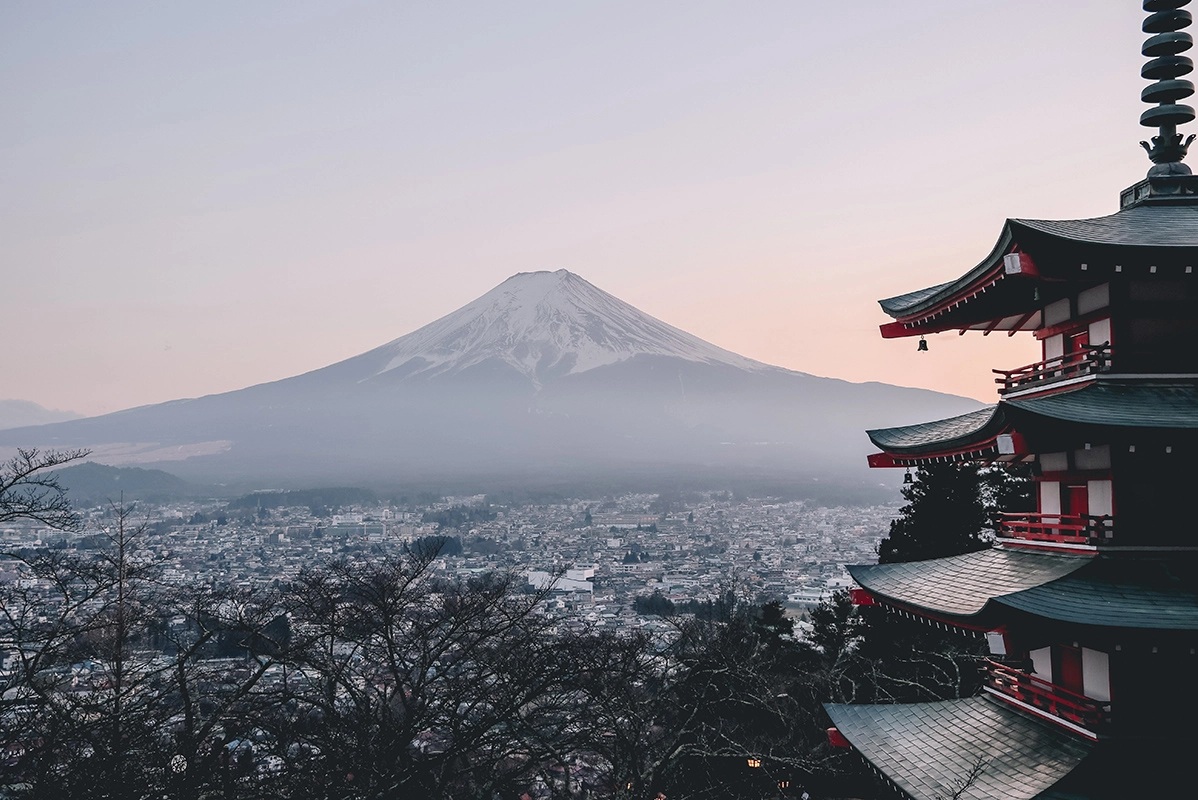Introduction
Japan, known for its rapid industrialization and economic growth, has also left a significant mark on its natural environment. This report examines various instances where Japan’s developmental activities have had adverse effects on its ecosystems and biodiversity.
1. Industrial Pollution
During the 20th century, Japan’s industrial boom led to widespread pollution of air, water, and soil. Factories discharged untreated wastewater and emitted pollutants such as sulfur dioxide and heavy metals, causing severe contamination of rivers, lakes, and surrounding lands. This pollution had detrimental effects on aquatic life and agricultural productivity.
2. Deforestation
Historically, Japan experienced extensive deforestation to support its construction, papermaking, and fuel needs. Large areas of pristine forests were cleared, leading to habitat loss for native species and contributing to soil erosion and landslides in mountainous regions.
3. Overfishing
As an island nation heavily reliant on seafood, Japan’s fishing practices have contributed to overfishing and depletion of marine resources. Some species, such as bluefin tuna, have been severely impacted, disrupting marine ecosystems and threatening biodiversity in coastal waters.
4. Nuclear Disaster
The Fukushima Daiichi nuclear disaster in 2011 was a profound environmental catastrophe. Following a massive earthquake and tsunami, several reactors experienced meltdowns, releasing radioactive materials into the environment. Contamination of soil, water, and air posed long-term risks to human health and ecosystem stability in the affected region.
5. Water Management Issues
Rapid urbanization and industrialization strained Japan’s water resources. Inadequate wastewater treatment in urban areas led to water pollution, affecting drinking water quality and aquatic ecosystems. Additionally, dam construction altered natural river flows and fragmented freshwater habitats, impacting aquatic biodiversity.
6. Land Use Changes
Urban sprawl and infrastructure development have resulted in significant changes to Japan’s landscape. Agricultural lands and wetlands have been converted for urban use, leading to habitat fragmentation and loss of biodiversity. Fragmented ecosystems are more vulnerable to invasive species and less resilient to environmental changes.
Conclusion
Japan’s journey of industrialization and economic development has undoubtedly come at a cost to its natural environment. While efforts have been made to mitigate these impacts through environmental regulations and conservation initiatives, challenges remain in restoring ecosystems and preserving biodiversity. Moving forward, sustainable development practices and integrated environmental management are essential to safeguarding Japan’s natural heritage for future generations.
Recommendations
- Strengthen regulatory frameworks to enforce stricter pollution controls and promote cleaner production technologies.
- Invest in sustainable fisheries management practices to restore fish stocks and protect marine ecosystems.
- Enhance disaster preparedness and response capabilities to mitigate the risks of nuclear accidents and other environmental disasters.
- Promote water conservation measures and improve wastewater treatment infrastructure to reduce water pollution.
- Implement land use planning strategies that prioritize biodiversity conservation and ecosystem restoration.
By addressing these recommendations, Japan can foster a more balanced approach to development that respects and protects its natural environment while supporting continued economic growth.

Leave a Reply to 柔信 Cancel reply